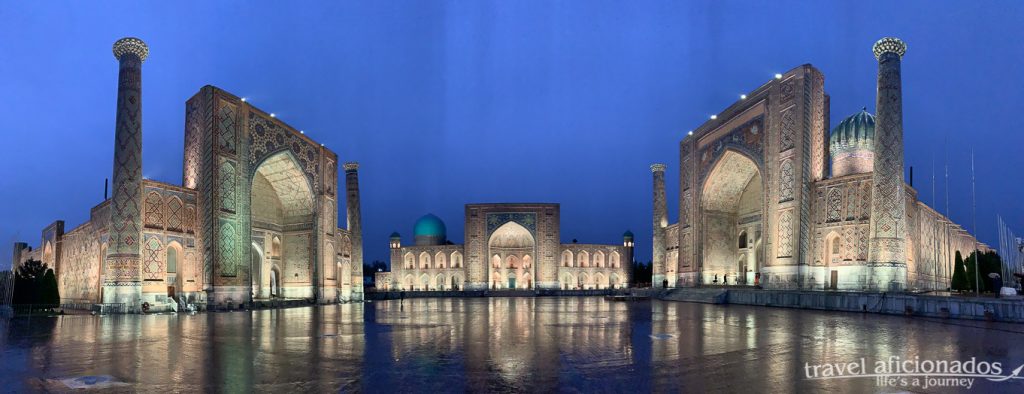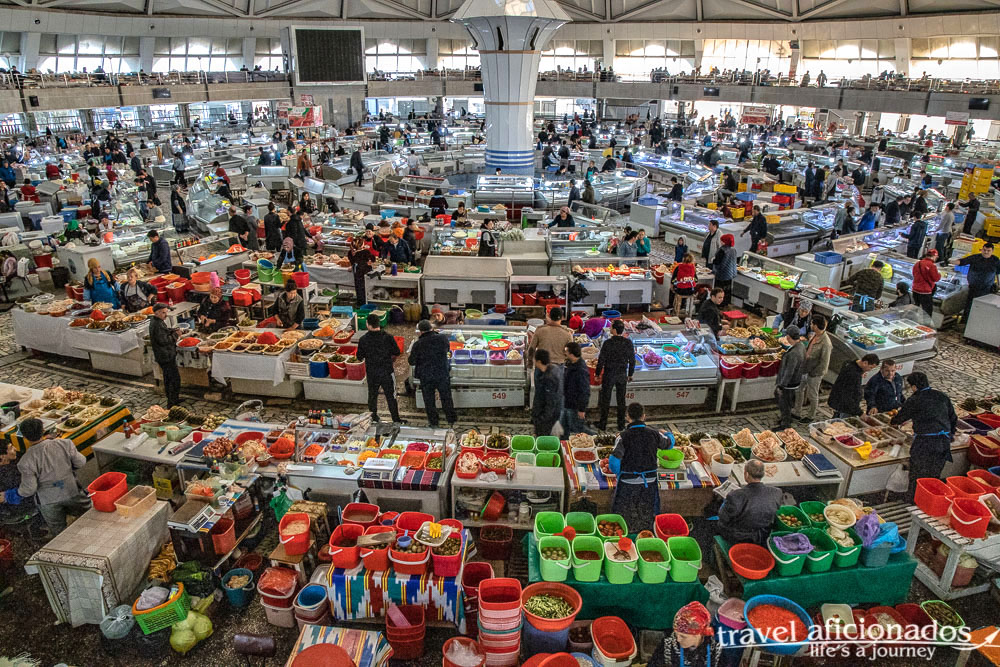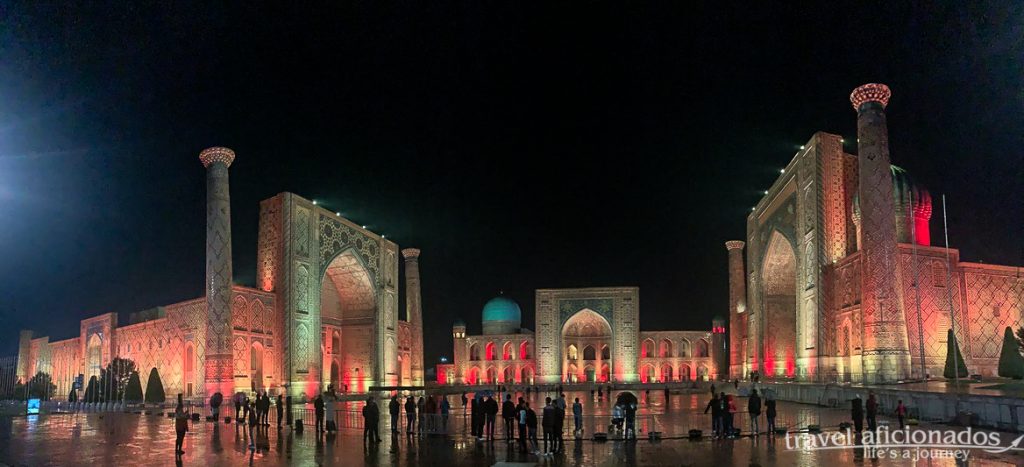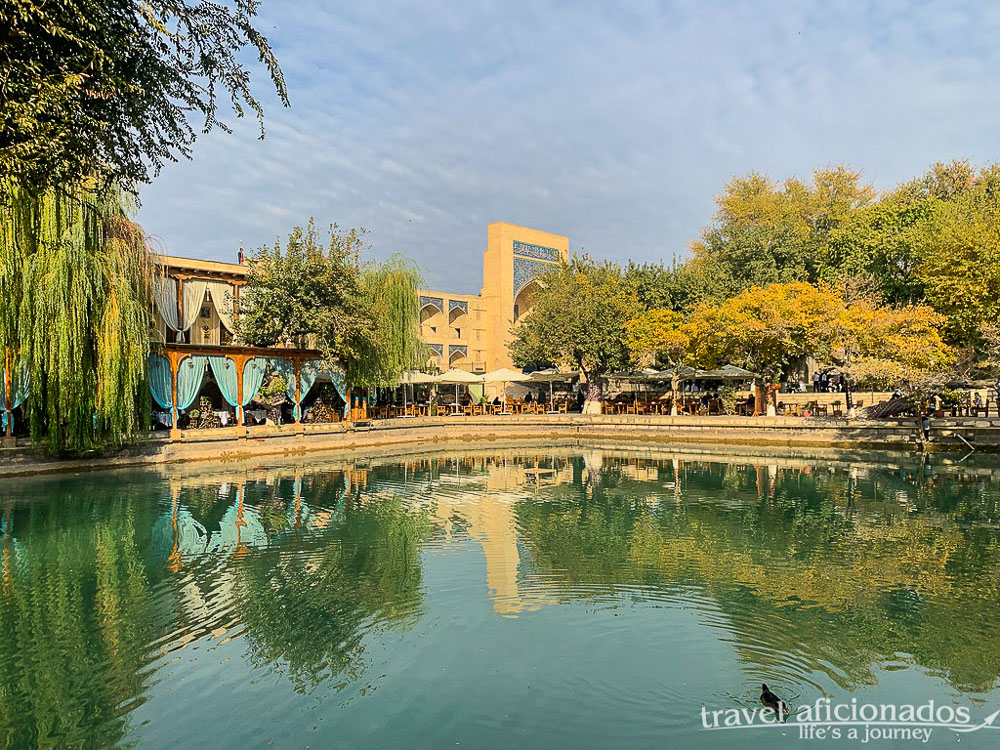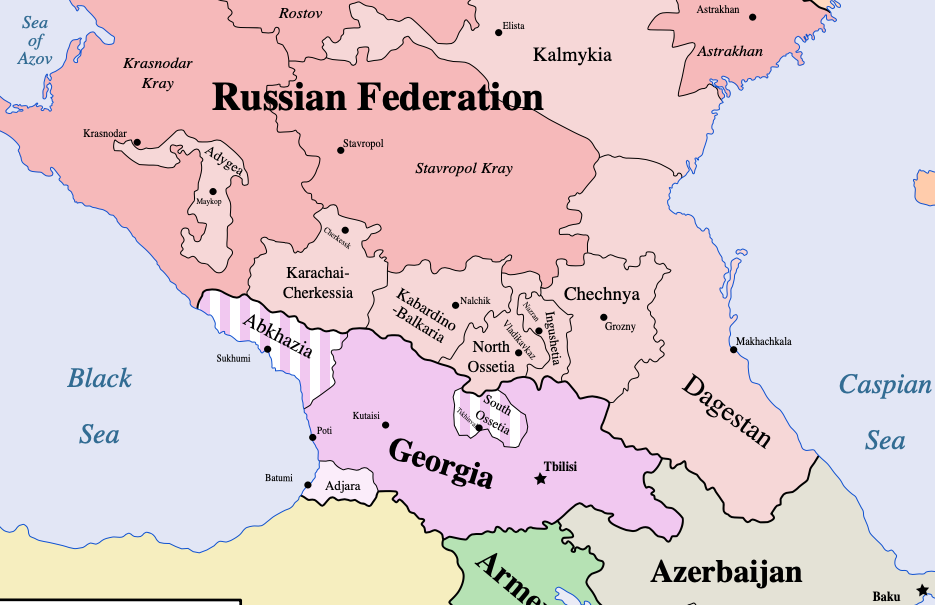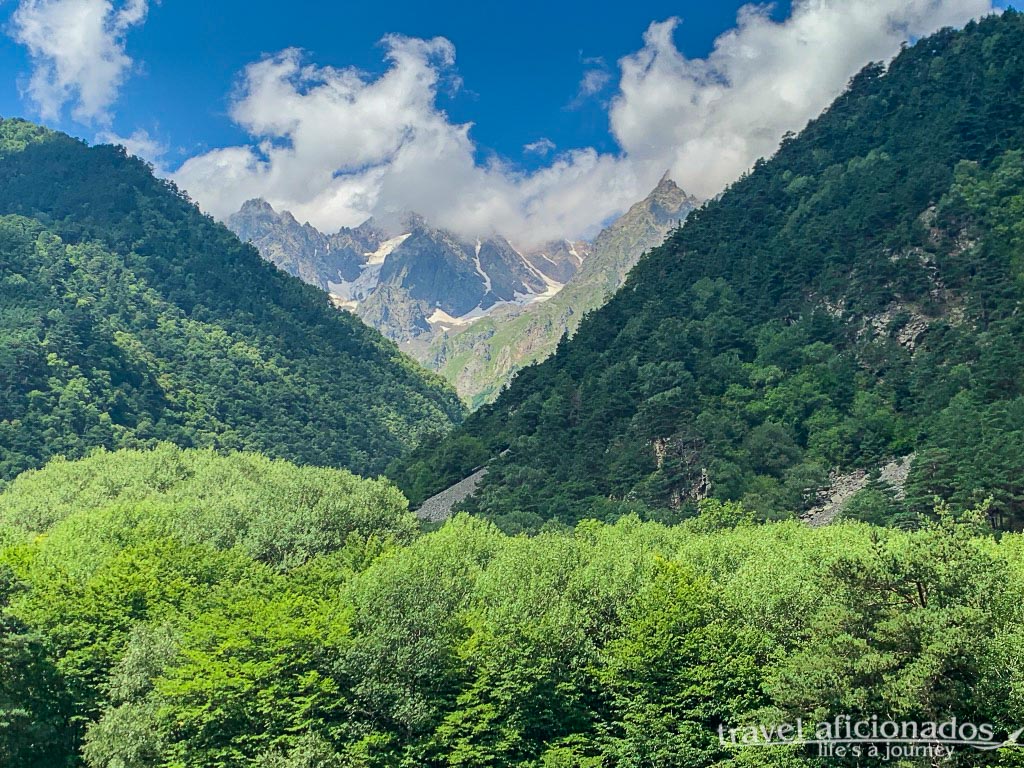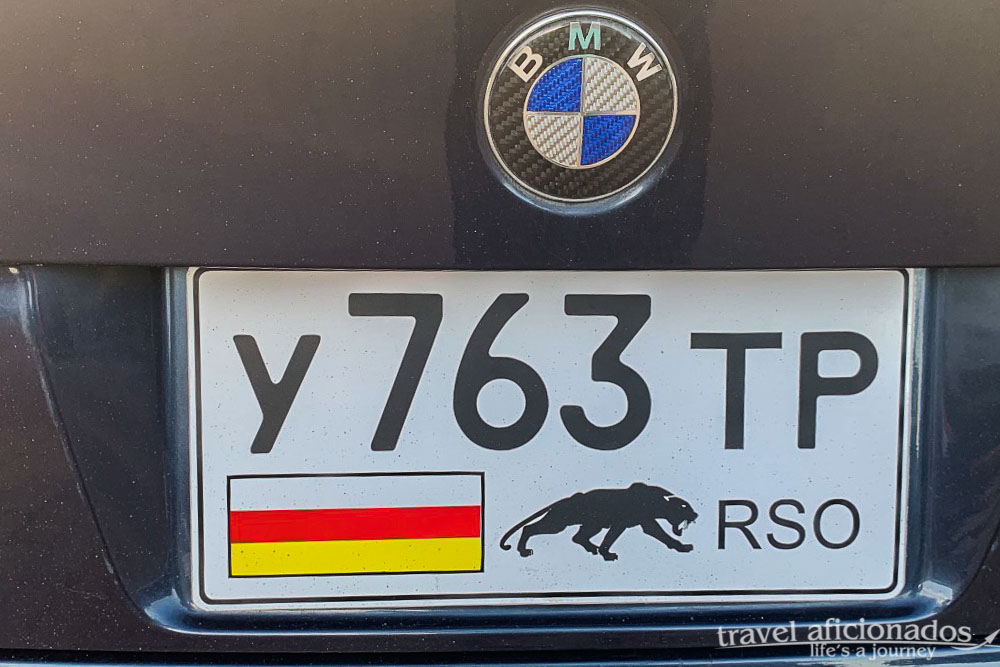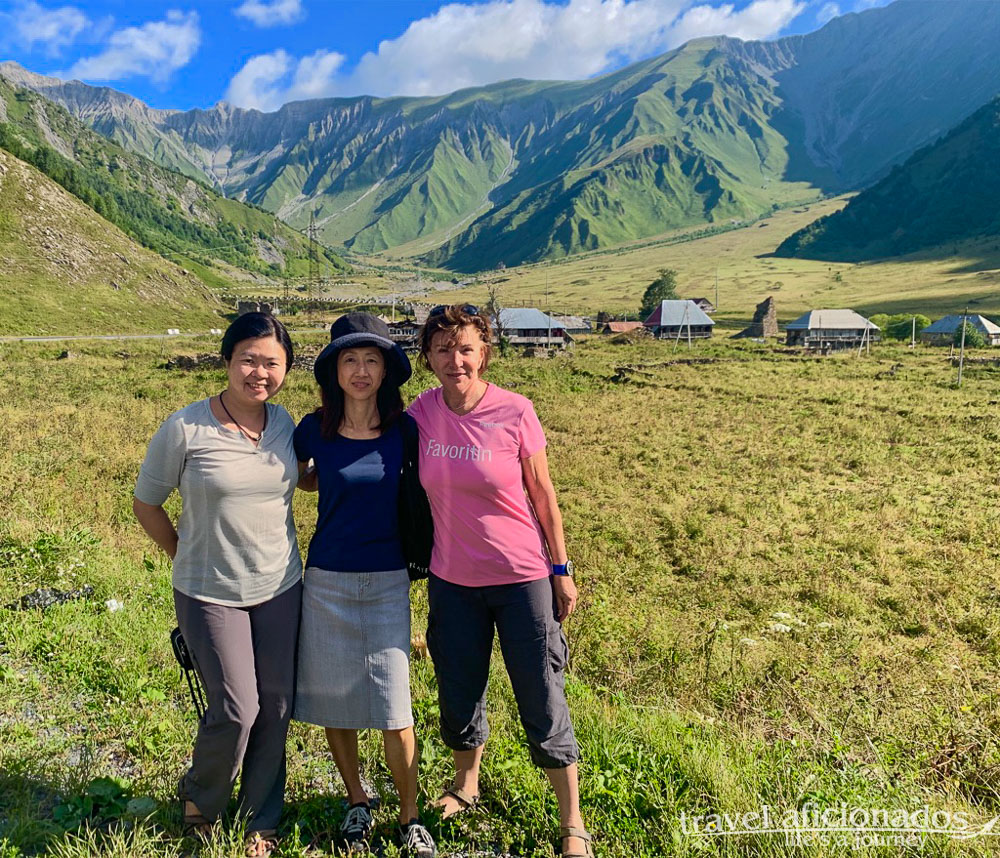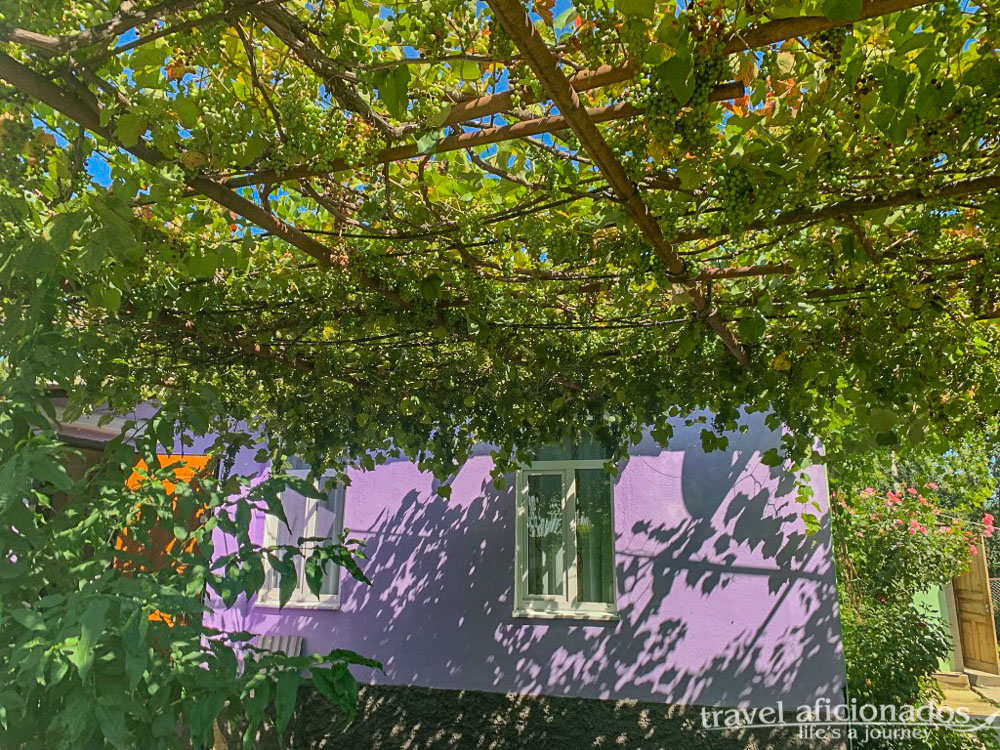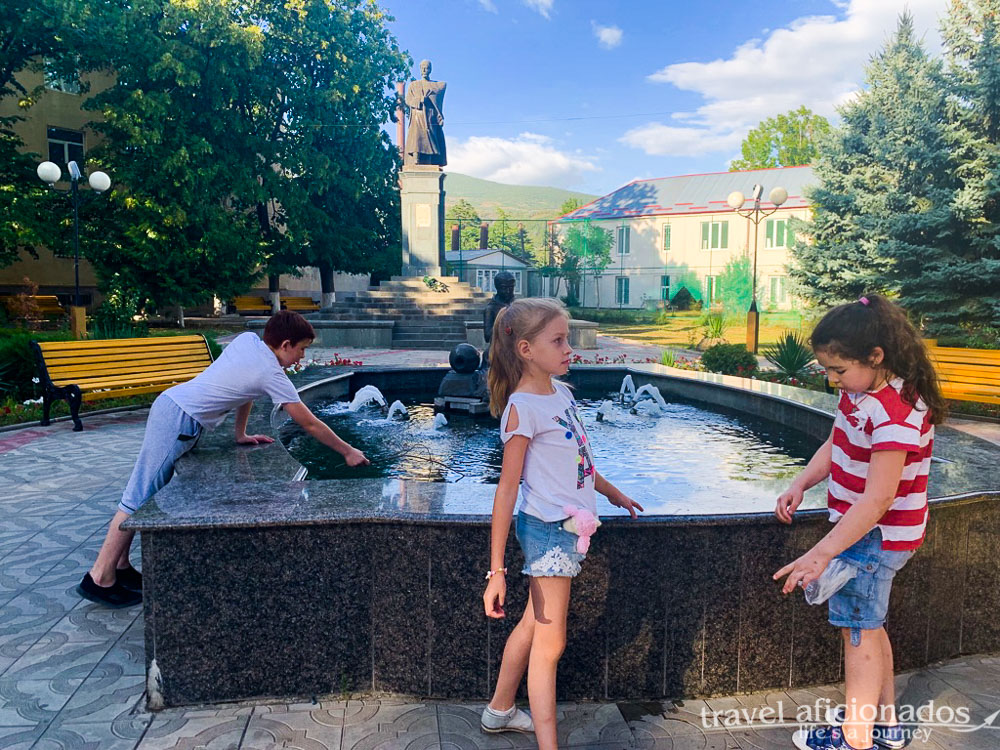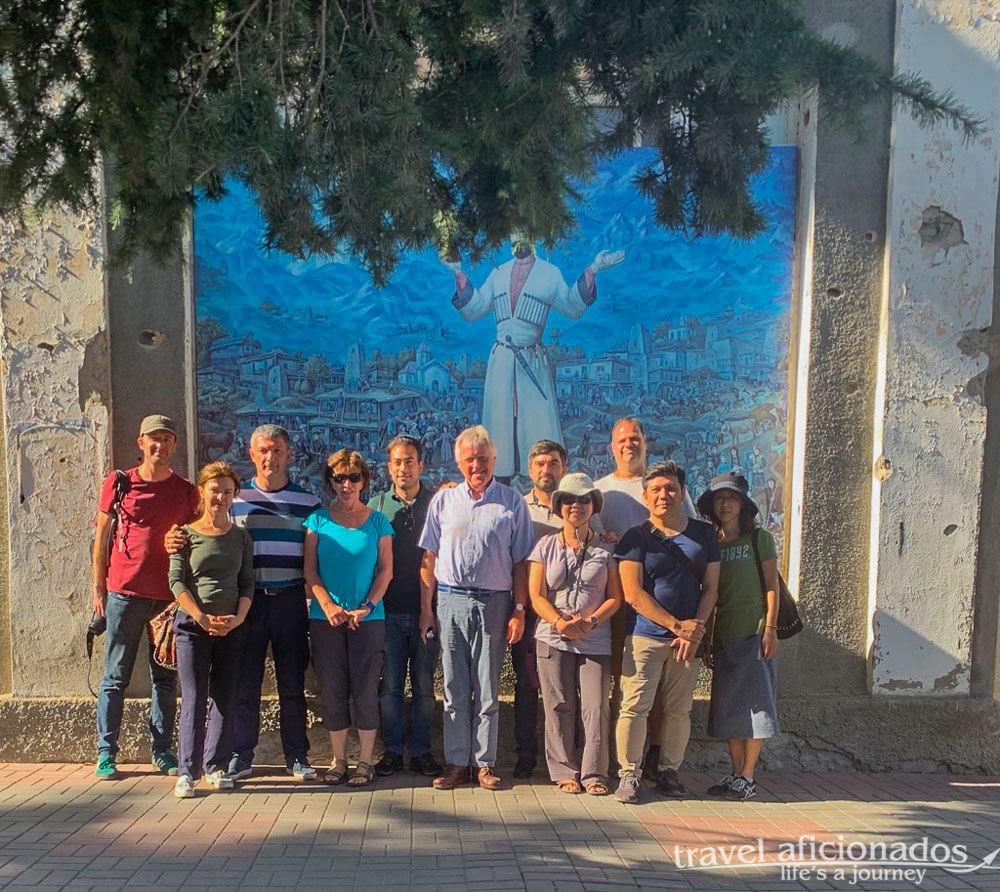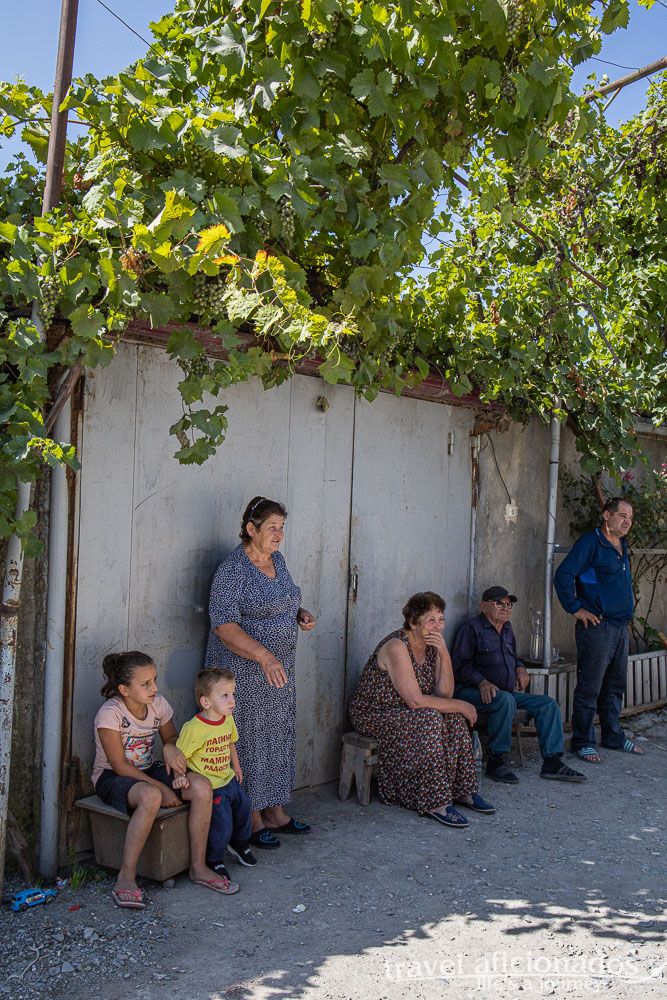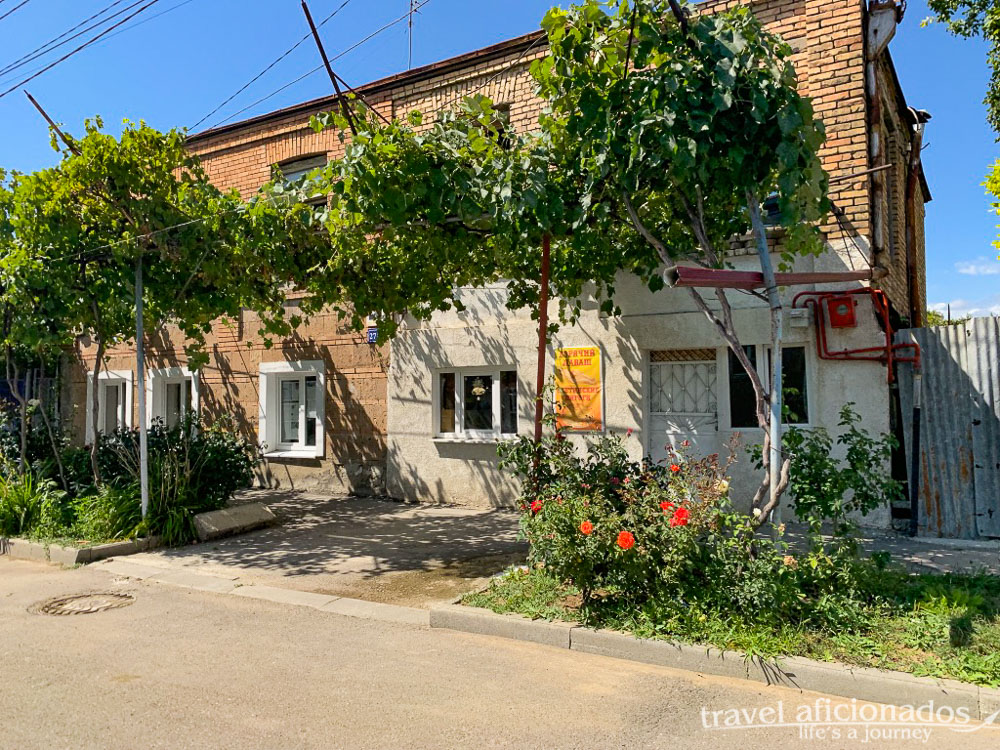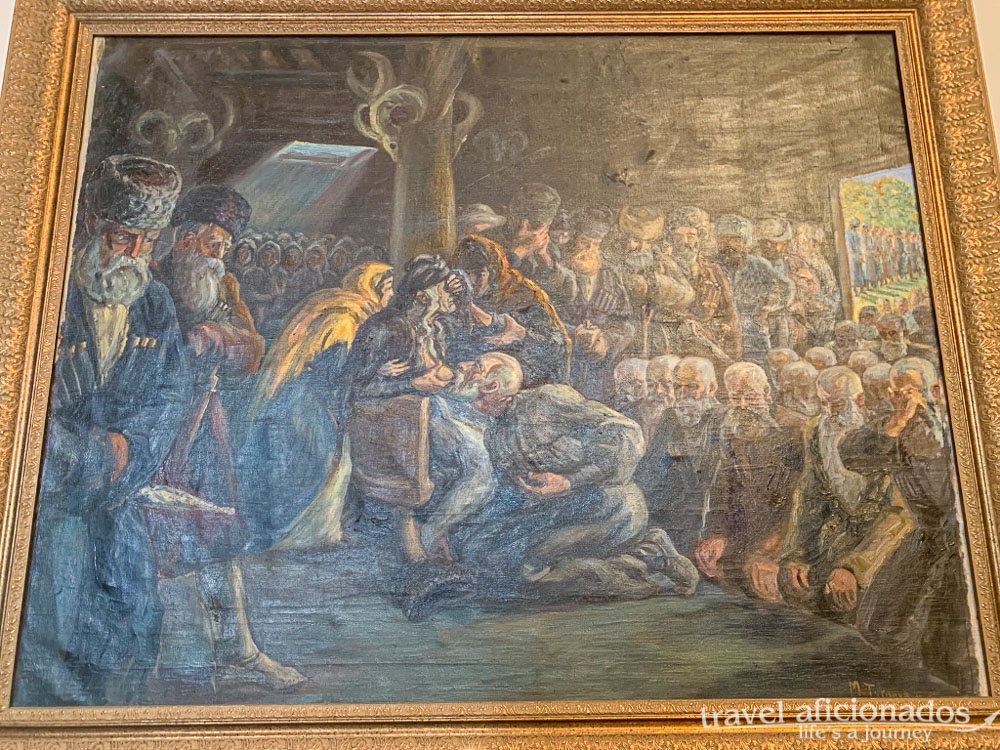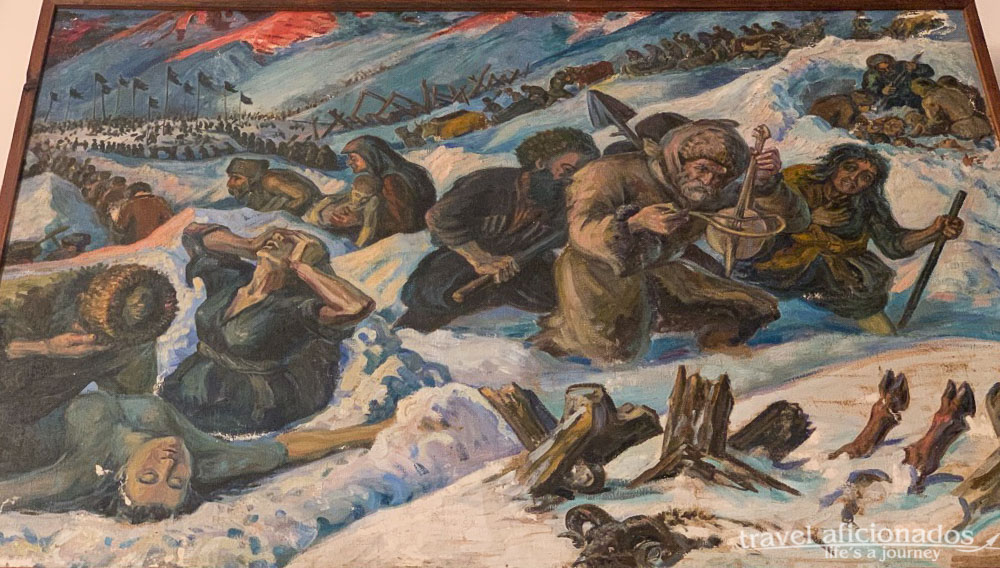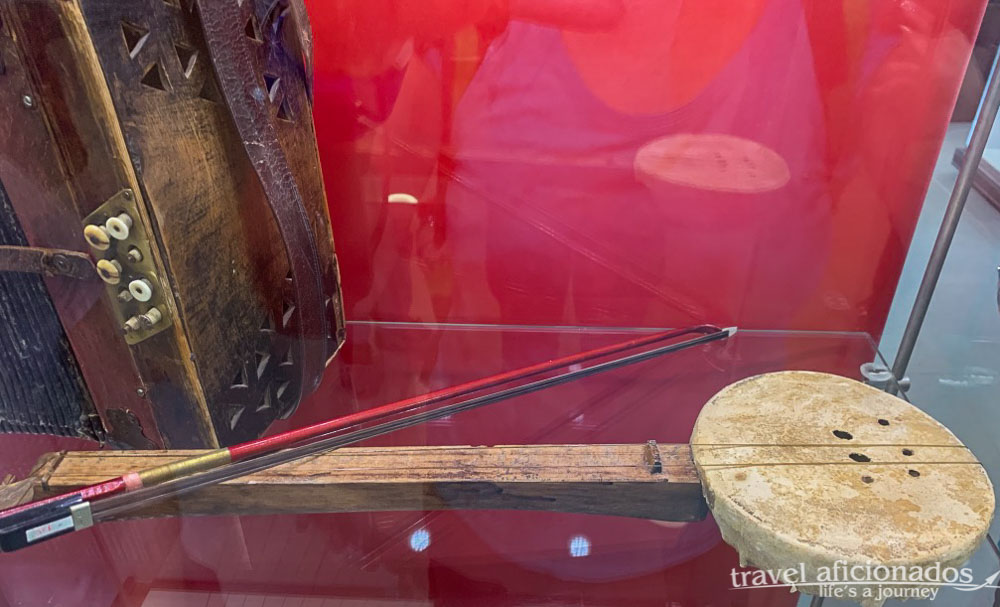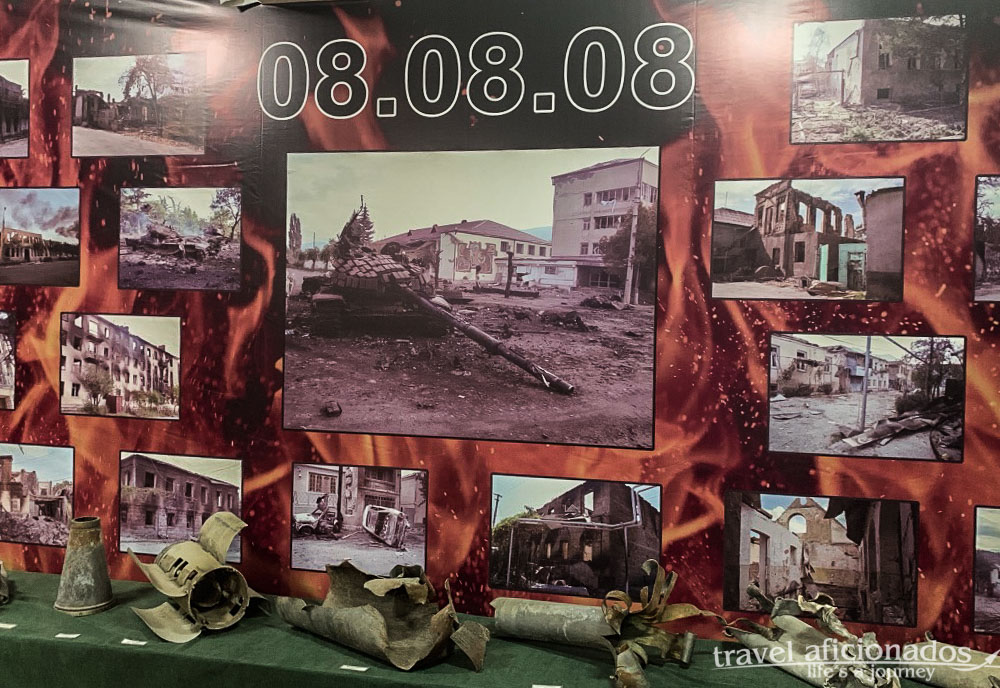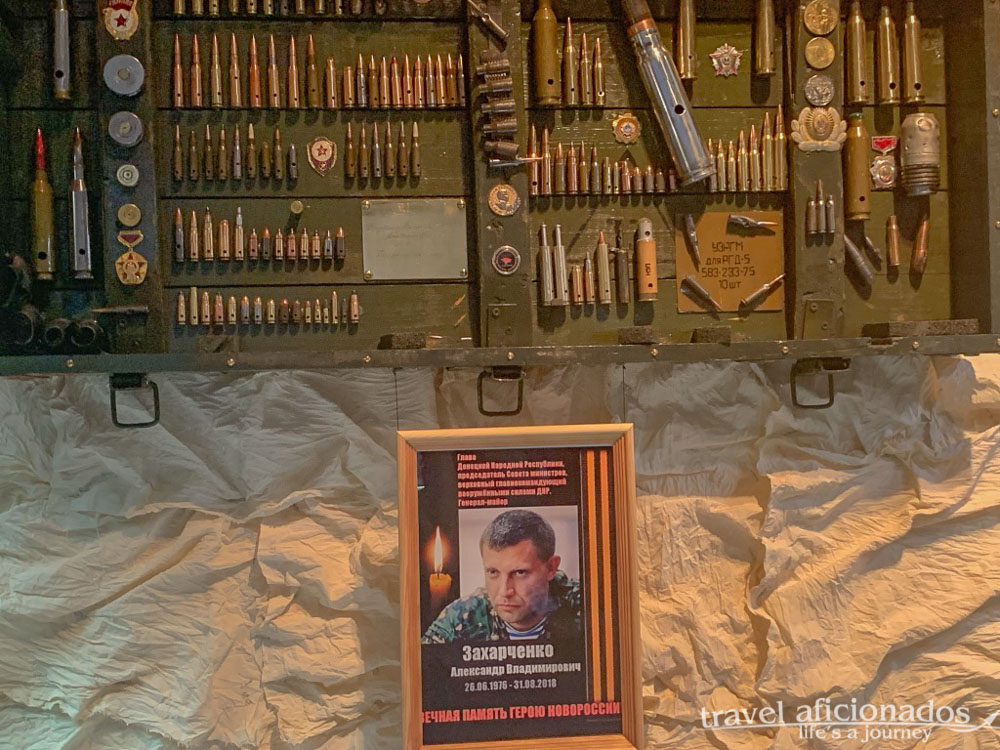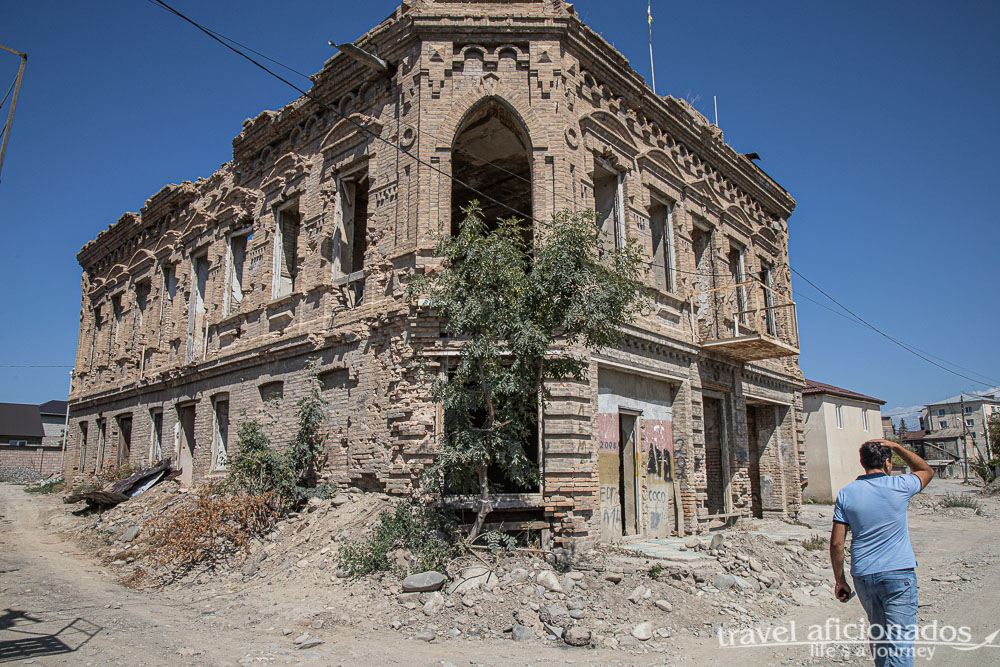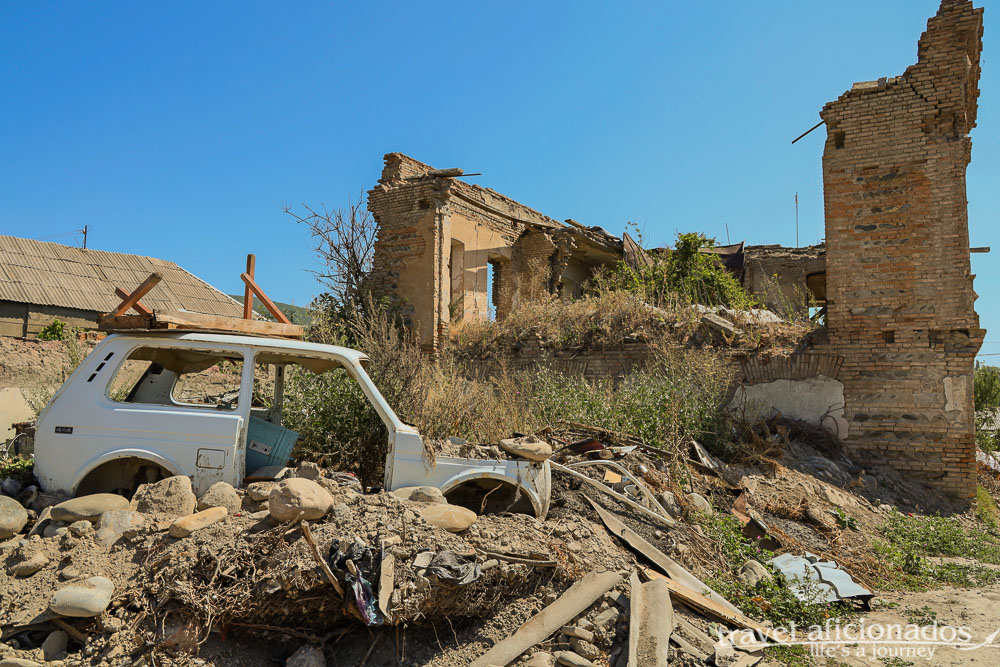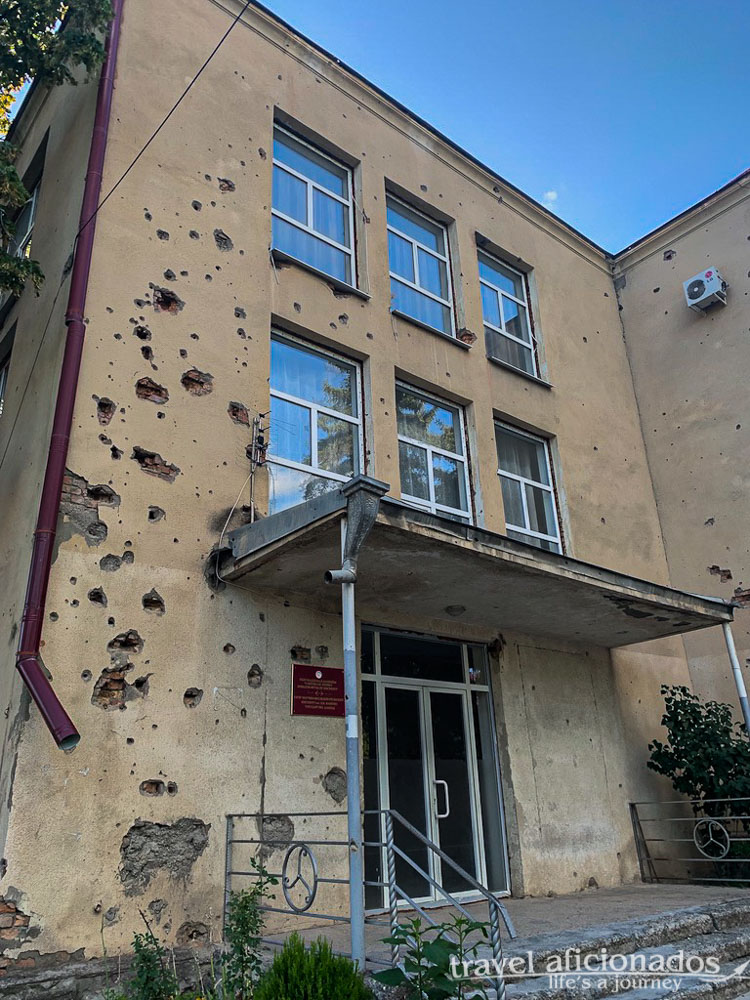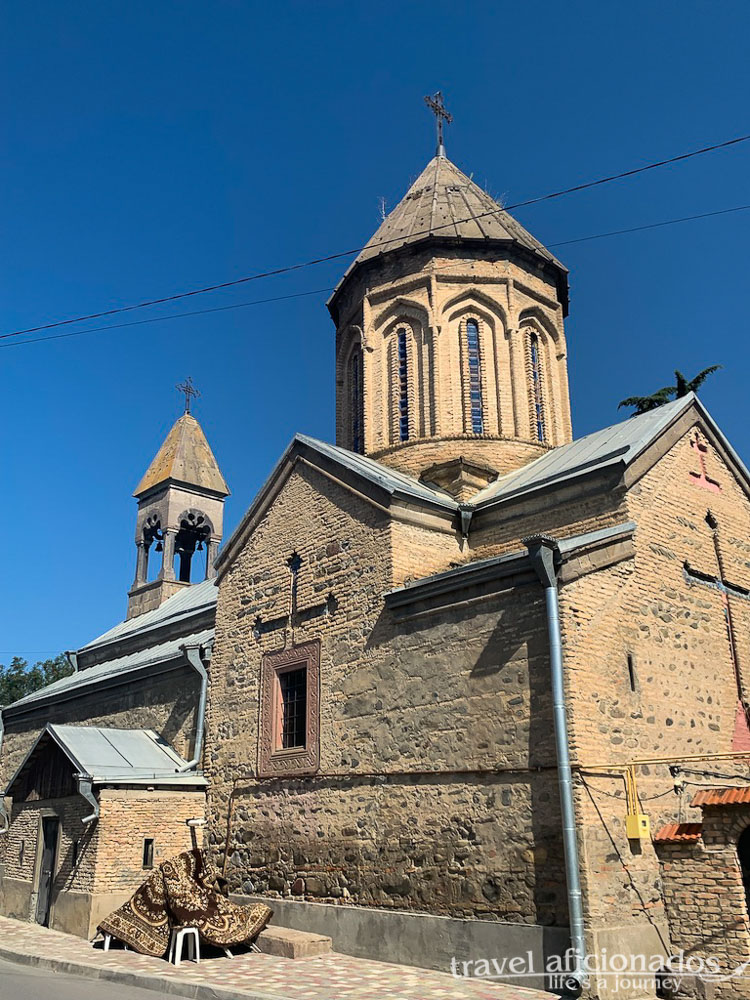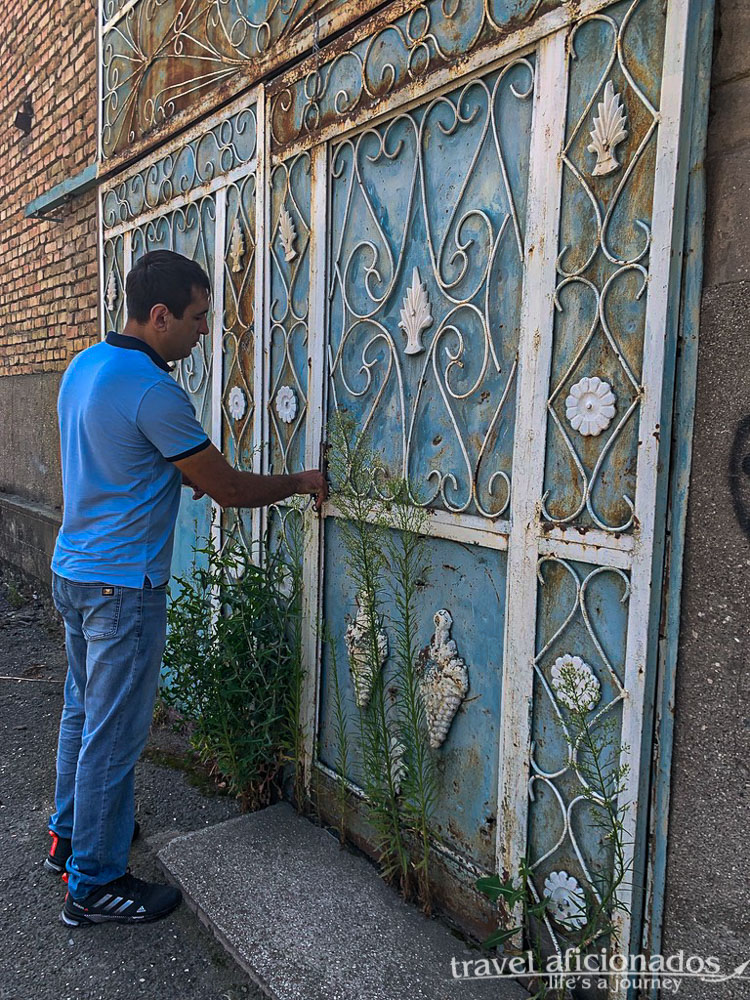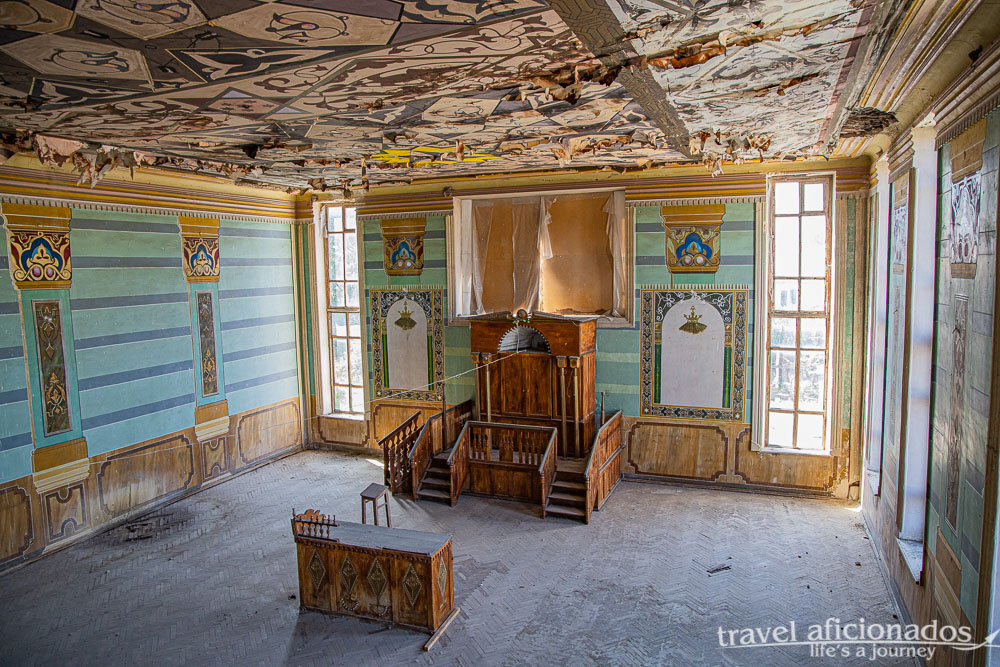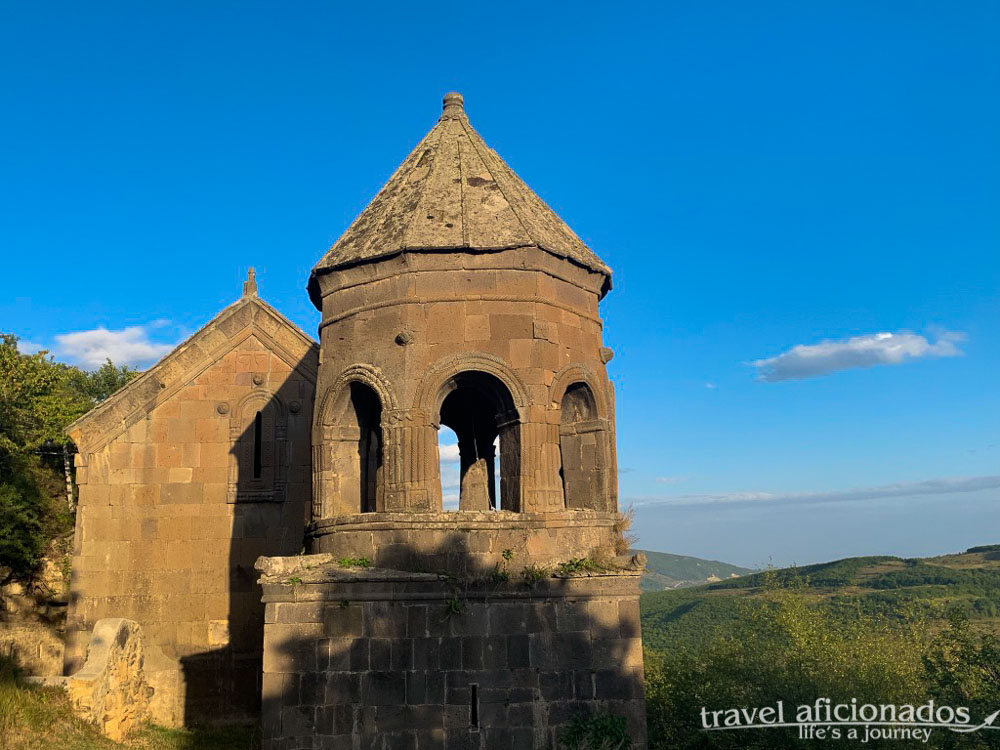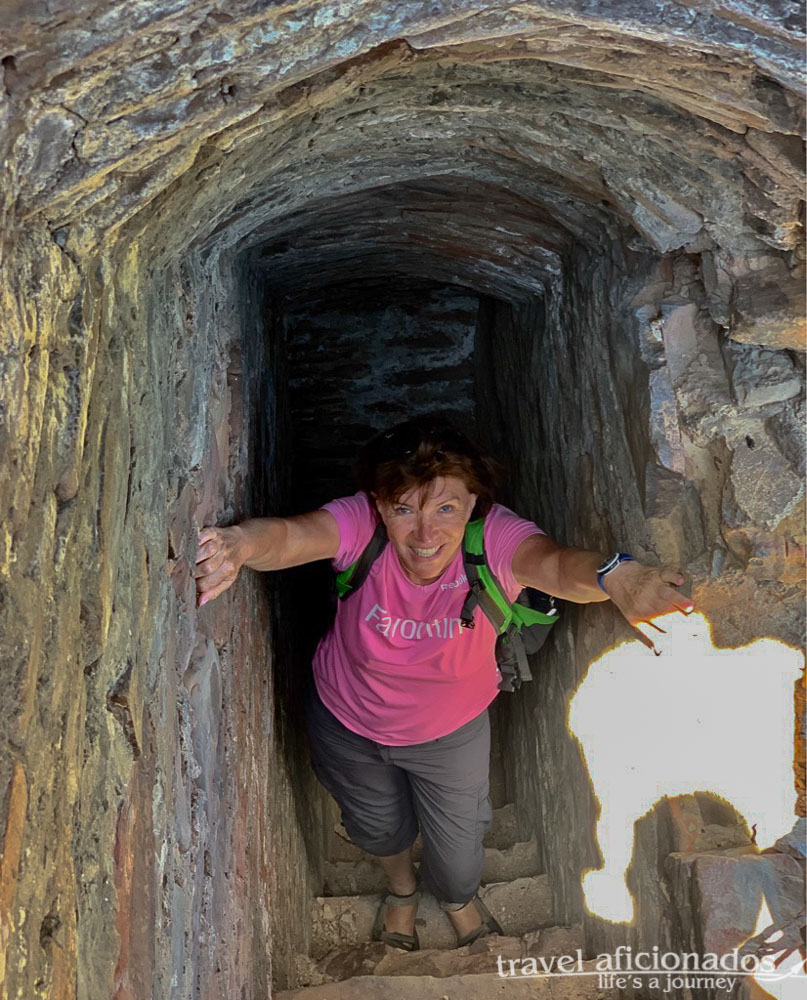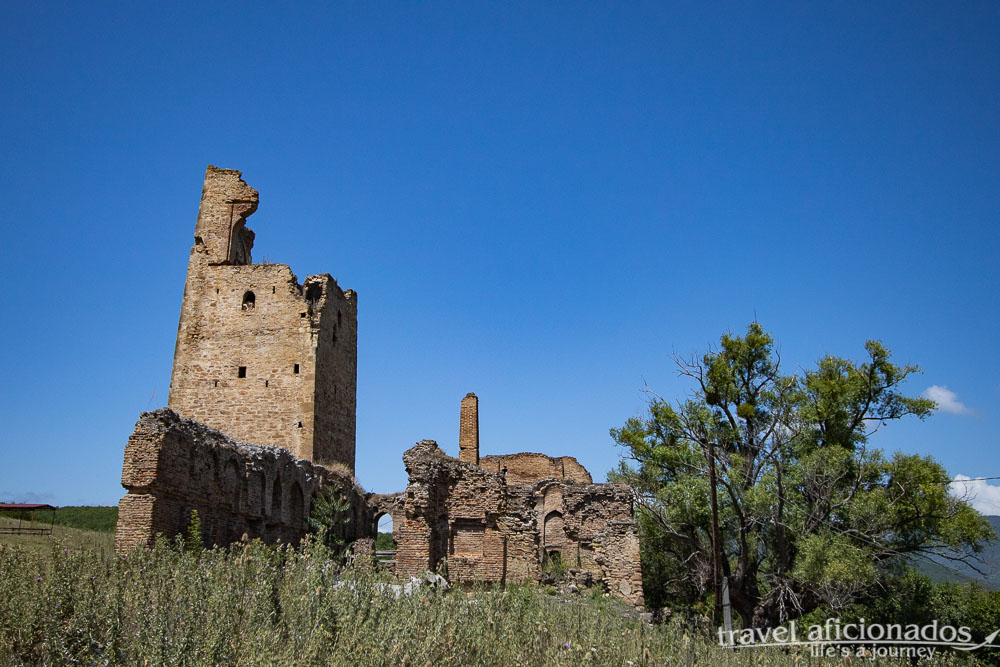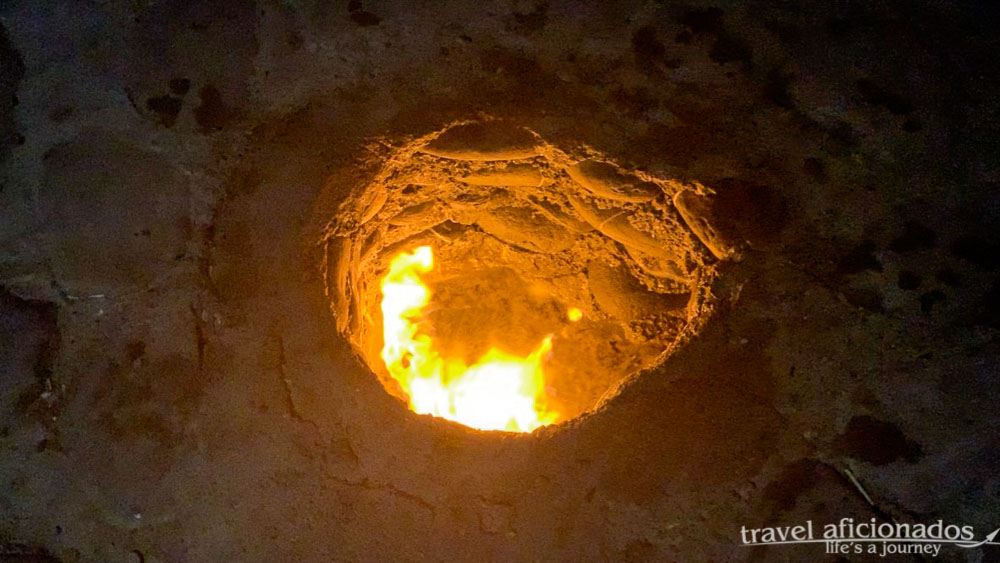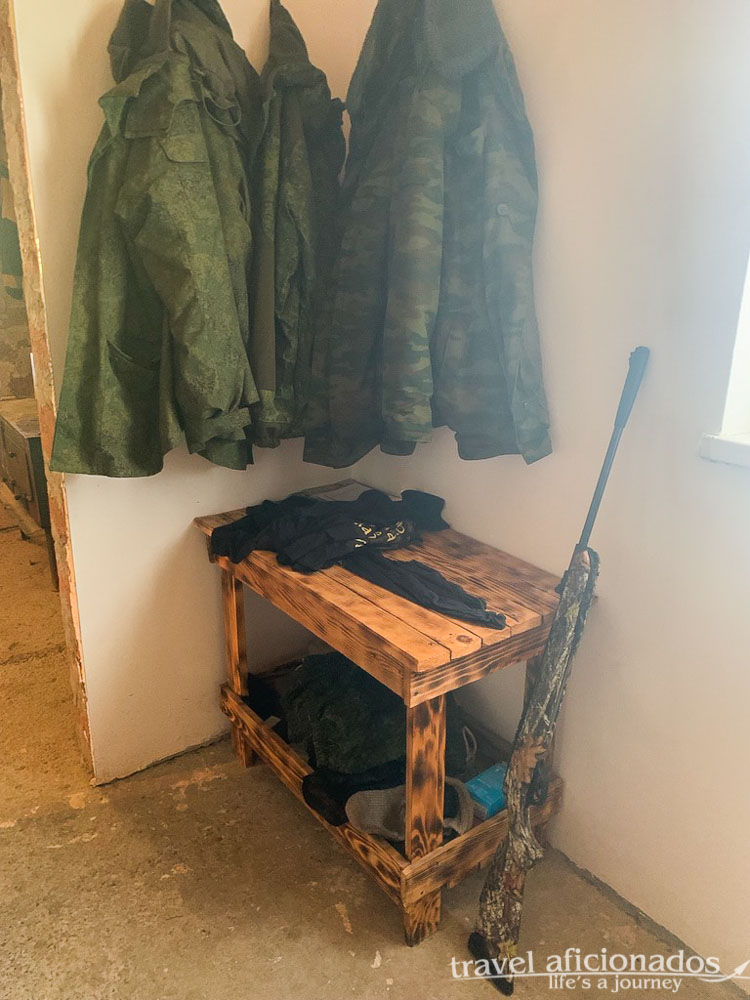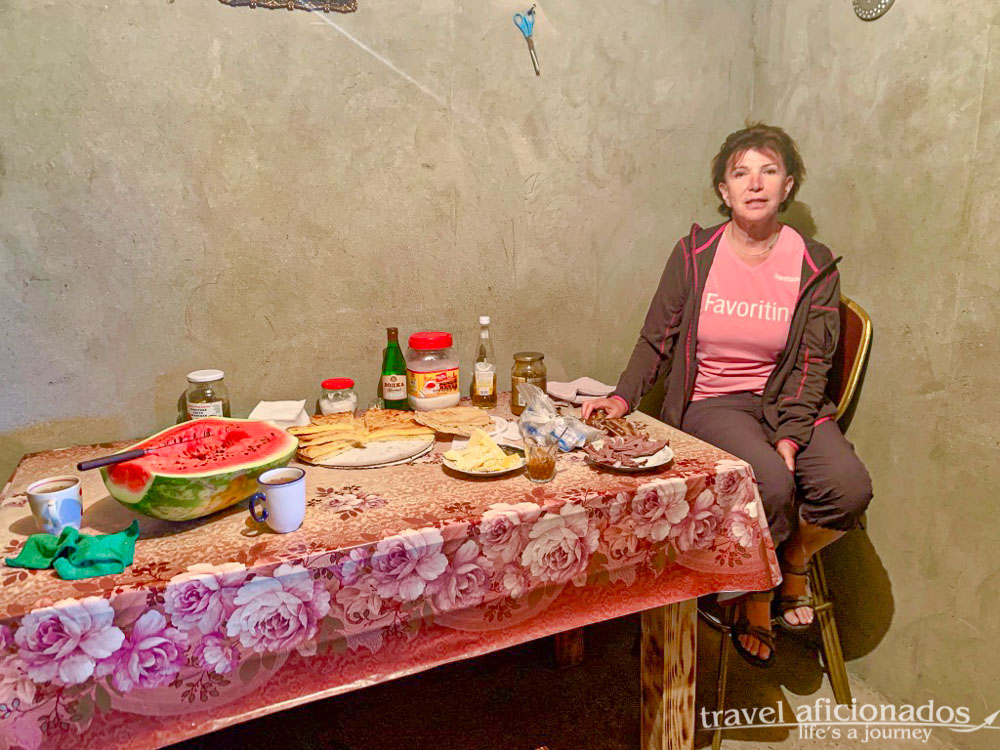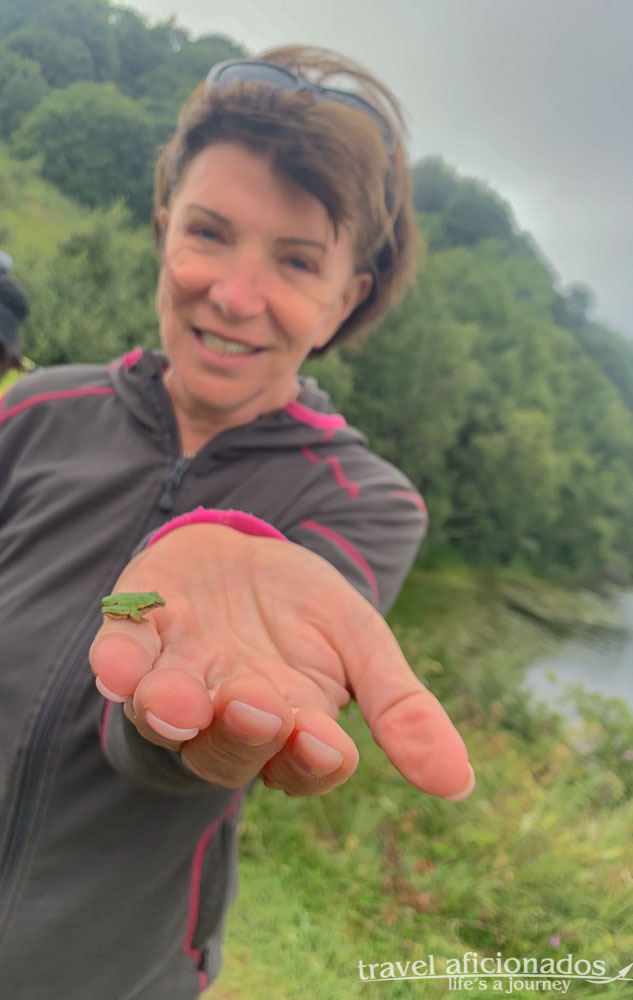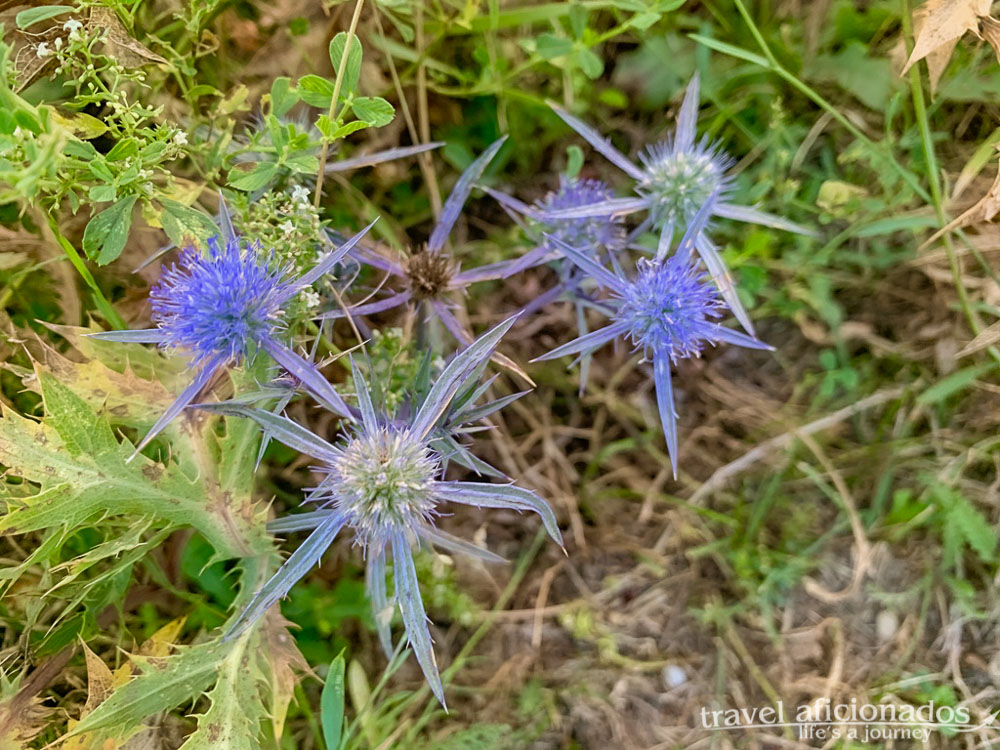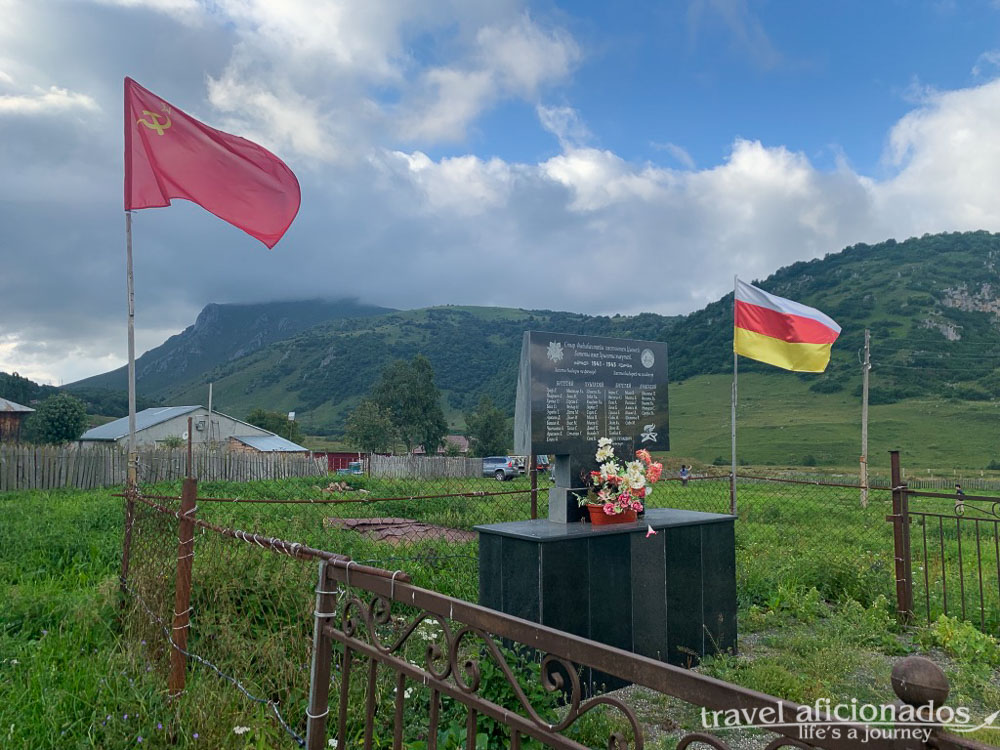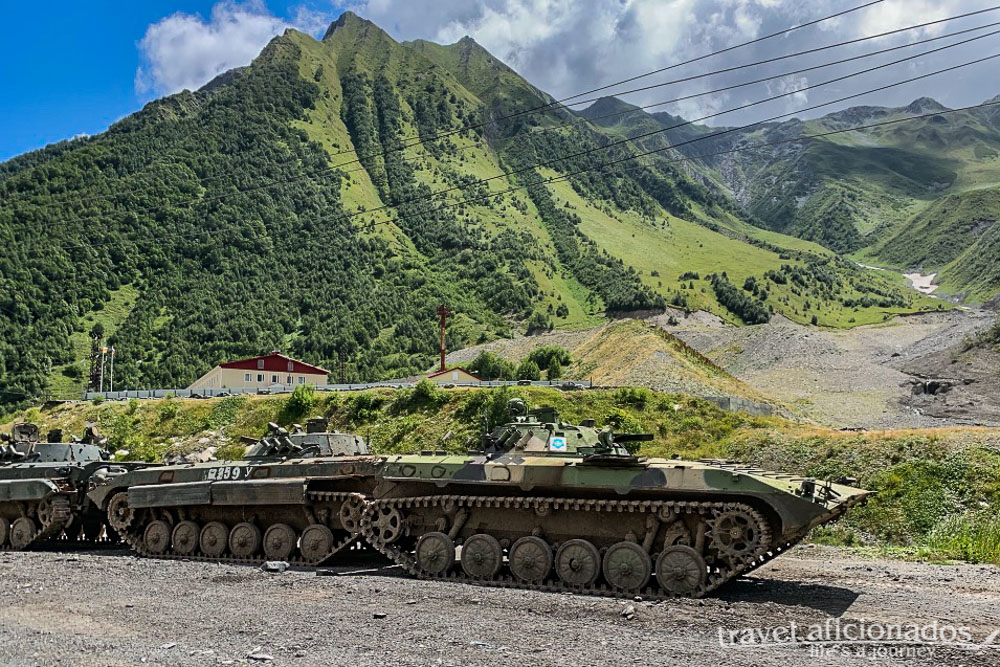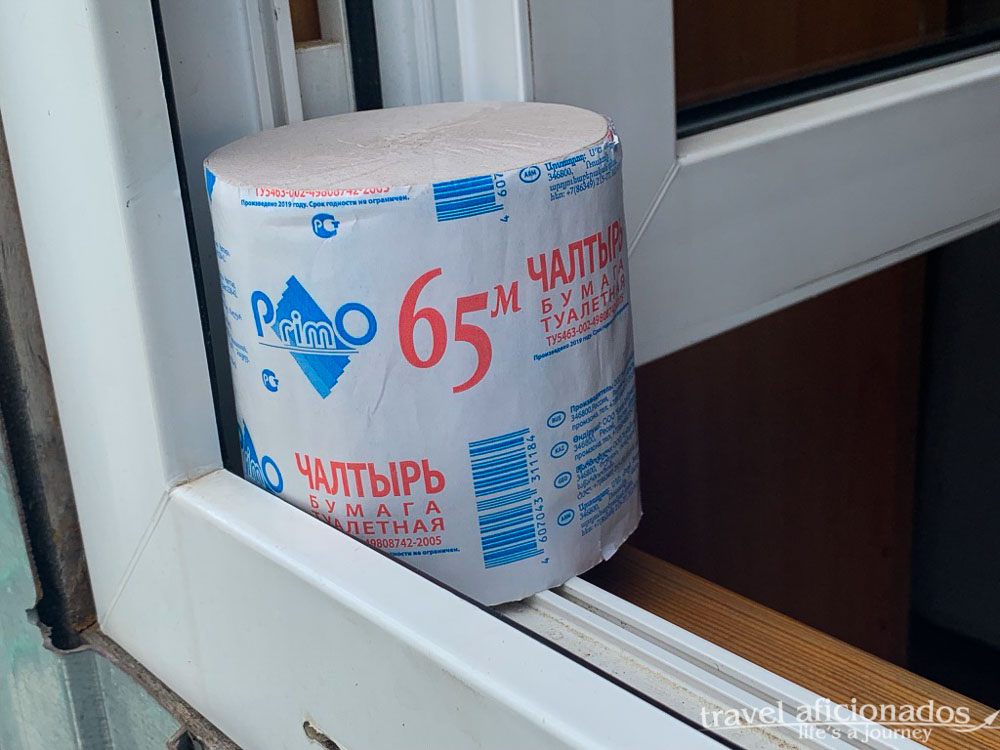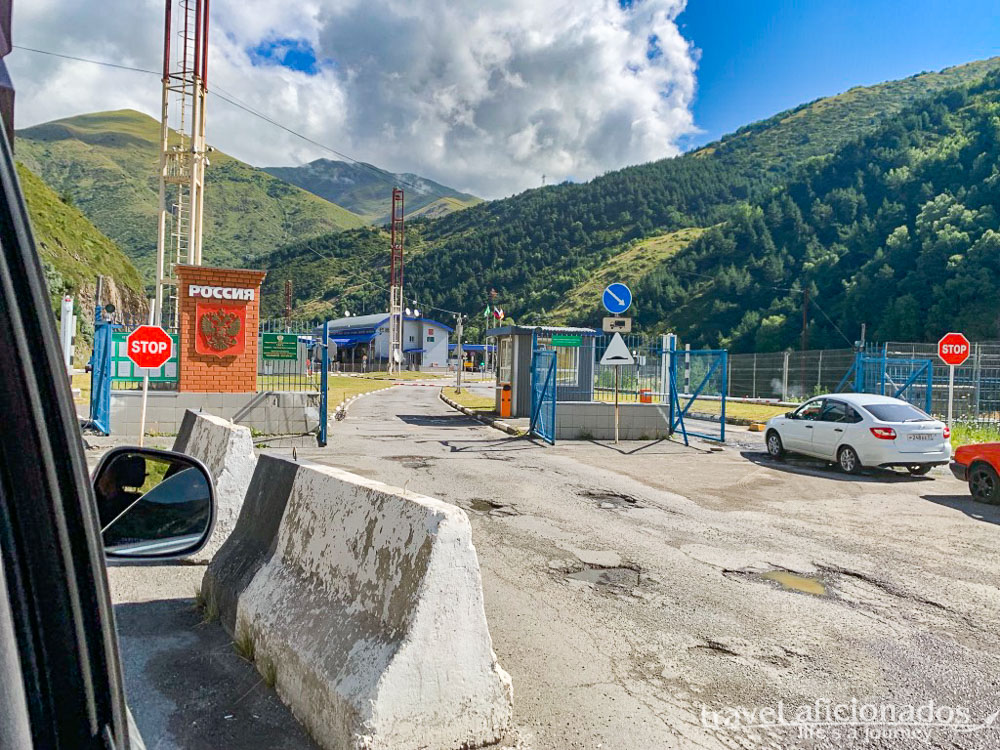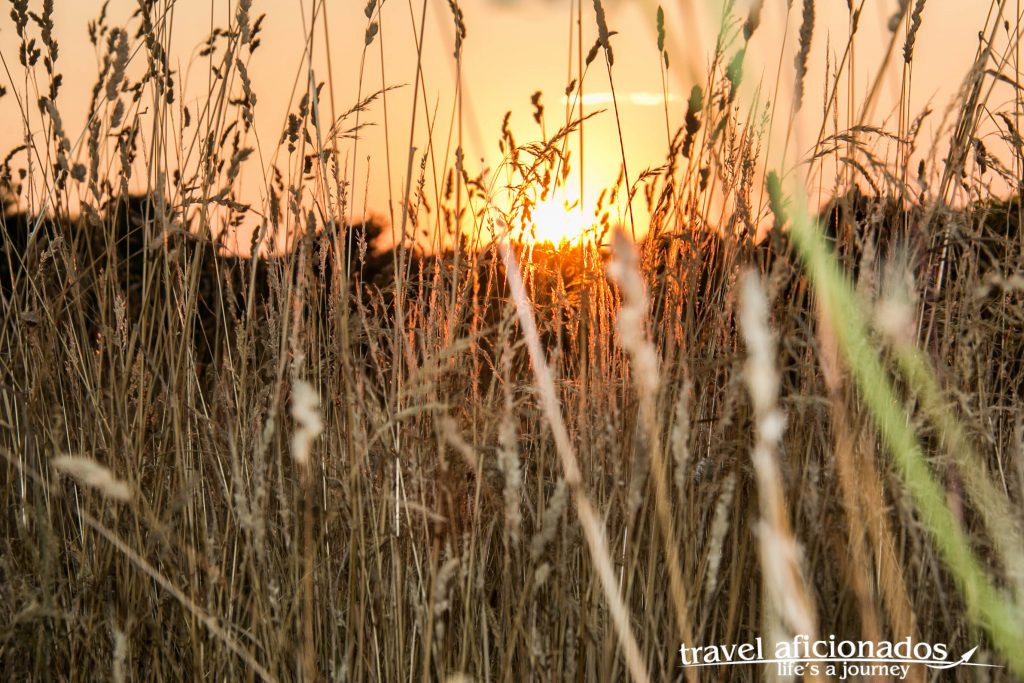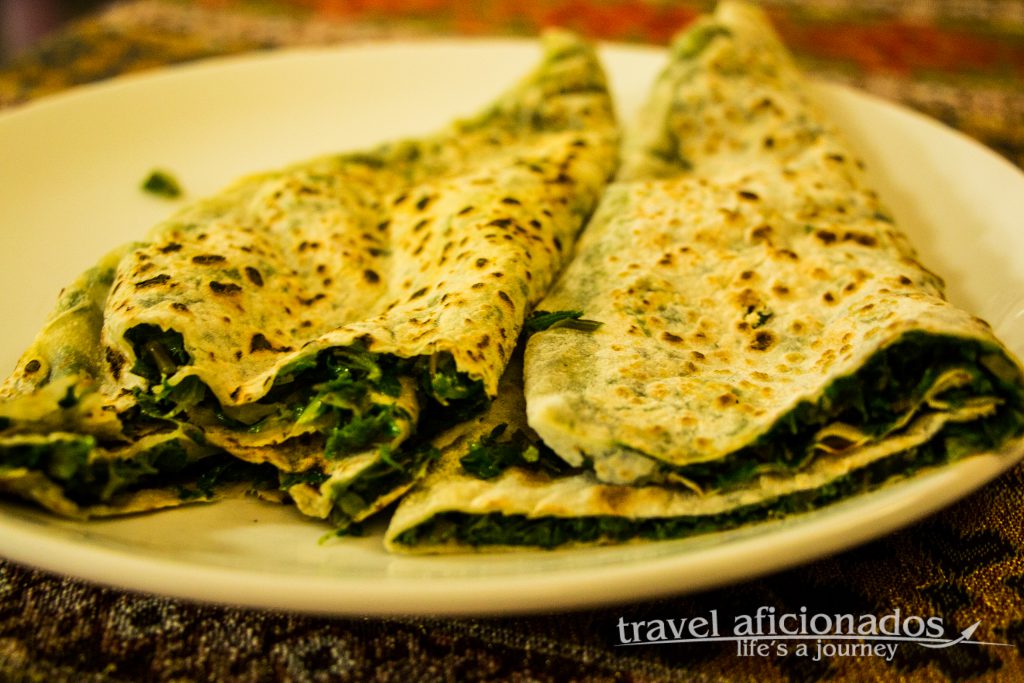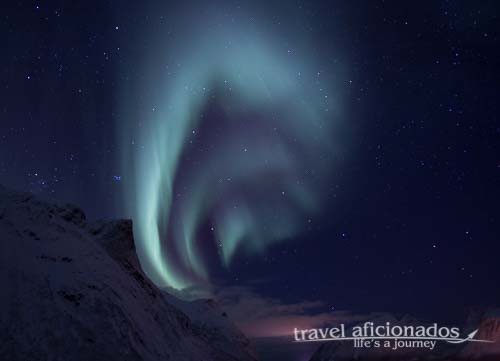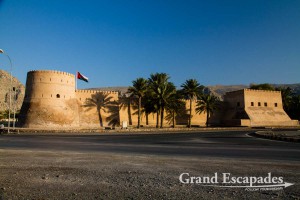Archive | Allgemein
Tashkent – a great surprise
Uzbekistan’s capital has none of the monumental historical sights that Khiva, Bukhara or Samarkand are famous for, but has other treasures. I expected not much from this modern city, but quickly made came to like it.
Samarkand – the Jewel of Uzsbekistan
We arrived late at night by train from Buchara, it was raining, we could not find a place to stay and a restaurant was nowhere in sight. Not a great start for what became my favorite place in Uzbekistan. All these obstacles could not stop me from checking out the gigantic Registan that very evening. True magic hit: the large square surrounded by three gigantic madrassas was bathed in a light show that made me forget the rain, the cold, wet feet and I knew that very moment that this was my favorite place in Uzbekistan.
Bukhara – “The city of Merchants”
The name Bukhara brings images to most people’s minds, carpets from Bukhara, the Bukhara Jews, and pretty much any oriental cliché deep in our minds. My expectations were very high, but not quite met. Yes it is the most complete example of a medieval city in Central Asia today, but I personally found it heavily over-restored and commercialized. My favorite place was the Lyabi Hauz, the only remaining pool in Bukhara, shaded by large mulberry trees and surrounded by a gigantic madrassa, restaurants and tea houses, called Chaikanas.
Caucasus – Terra Incognito
Chechnya, Ingushetia, Dagestan, Ossetia, not even the more experienced travelers can pin-point all these places on a map. Neither could I before I traveled this region for one month in the summer of 2019. But isn’t this the best reason to head out to such very off off the beaten tracks? Most of the time I travelled on my own on public transport. I felt completely safe, actually I was overwhelmed by the help I received from total strangers. For a few days I joined six other people to visit South Ossetia, since a special invitation is required for this tiny country. It was the perfect mix, four weeks on my own knowing about 20 words of Russian might have been a bit lonely.
South Ossetia – wild and isolated
South Ossetia is mountainous, isolated and home to only 55.000 people. The drive from Vladikavkaz/North Ossetia to Tshivali, the tiny capital of this tiny county, was long but scenic. A smooth road meanders along the bottom of a narrow steep gorge, all covered with trees that come in all shades of green. But the real highlight of the trip is passing through the Roki Tunnel connecting Russia and South Ossetia.
The country is formally independent from Russia, but only by four countries recognize it as such: among those is, surprise, surprise RUSSIA, along with Syria, Venezuela, Naura and Nicaragua. But people in North Ossetia actually see South Ossetia’s independence as a joke, since it is financed by Moscow, uses the Rubel as a currency, and its citizens have a Russian passport. Russians, unlike foreigners, travel freely between the two Ossetias, whereas I needed a multiple visa since I left the Russian Republic of North Ossetia for South Ossetia and returned three days later. Visitors need an invitation. This was also the reason why I join a super small group put together through Lupine Travel. They also took care of the paper work.
The Roki Tunnel – connecting North and South Ossetia
The only way to reach South Ossetia is from North Ossetia/Russia, there are no other options, since entering from Georgia is impossible due to the political situation. This route that is open all year, before the 3,6km long Roki Tunnel was opened in 1885, the only way to cross the Caucasus mountains was over the Ruki Pass at 3000m sea level, naturally this was not possible from November till end of April
The procedure at the Russian side is tedious, the soldiers tell you where you stand and where to wait. Questions need to be answered about how long you plan to stay and why you travel there, the whole process is very old Soviet style.
On the South Ossetian side it is very relaxed. A few containers sit next to the road, through a small office window we pushed our passport and waited. While doing so we listened again and again to the same five words of German from a former soldier who was stationed in East Germany. He and his buddies thought that this was hilarious.
Tshivali – a sleepy capital
Tshivalil is the home of 35.000 people, the quiet streets are shaded by large trees and what immediately caught my attention were the grapevines in front of many houses. They provide shade and are a cozy place to rest. They also reminded me very much of the area in Austria where I grew up, the Wachau. Beside this promised good wine.
We checked into the only hotel that exits, it is brand-new Uyaat. It is a bit of a walk into the center. 135 Oktyabrskaya St., +7 929 808 66 93 (WhatsApp), (23-69 US). It seemed we were the first guest to stay in these rooms. We learned that a small group with Lupine Travel visited in 2018 and they had to stays with locals. A super large hotels was under construction right next to Vinzenzo in August 2019 when I visited.
Our little group of five was welcome by the Minister of Tourism and his wife who did the translating for the entire three days. Of course more people joined, drivers, friends: since tourists are rare they did not want to miss the opportunity.
Everybody bent backwards to make us feel welcome and comfortable. Food and local wine kept coming, the place to eat in Tshivali is the trendy Vincenzo that serves Italian and Japanese food.
South Ossetia National Museum
The local museum was our first stop, an excellent guide with endless knowledge about the history and traditions of the area explained every item in great detail. I was completely exhausted after three hours. What impressed me most were the large paintings, some by Ossetia’s most revered artist, Costa Khetagurov.
that taught us about the sometimes rough local traditions. A thief was punished by being thrown over a cliff. At least one relative had to take part to avoid family disputes in the future. Feuds between clans were generally feared: one painting showed a man sucking a women’s breast in the presence of a large group of men, if she accepts him as „her son“, the problem is solved. Avalanches were a common danger, to detect the victims a certain instrument mandolin-like was played.
Reminders of Georgia attacking in 2008
The conflict with Georgia is given great room in the museum, photos of war heroes and the destruction inflicted on buildings and infrastructure, real ammunition and explicit language reveal that the pain and emotions are very present among South Ossetians. No wonder, every adult, even teenagers can remember those days. The damage inflicted during the attack in 2008 war is still clearly visible and the country is only slowly recovering. In August 2008 Georgia shelled South Ossetia’s capital Tskhinvali as part of a military campaign to regain control of South Ossetia. This was the climax of a struggle that started in the 90s when South Ossetia first tried to cut ties with Georgia.
What led to this Conflict? Under the Soviet Union, South Ossetia was an autonomous region of its Georgian republic. In the late 1980s and early 1990s the Soviet Union was undermined by strong nationalist feelings among its various peoples, and the South Ossetians moved closer to their North Ossetian neighbours. The Georgian government overruled this and tried to establish full Georgian control over South Ossetia. The first full-scale war between Ossetian separatists and the Georgian national government started in early 1991 and lasted until 1992. After that war, South Ossetia was effectively independent.. Georgia’s Rose Revolution of 2003 established a government keen to regain the lost control over South Ossetia. Georgia’s attack in 2008 back-fired grandly when the Russian army poured through the Roki Tunnel and overran much of Georgia. Since “liberating” the region, the Russian government has tried to merge it with Russia, but neither Georgia nor the South Ossetians themselves favor this.
The walk through the quite center soon brought forth the tragic consequences of South Ossetia’s most recent tragic history, lots of destroyed houses, facades pock-marked by bullets and artillery.
Although South Ossetian speaks the same language and are of the same ethnicity as their neighbors across the Caucasus feelings are tense between the two Ossetias. North Ossetian police complain that South Ossetians cause major problems, participating in the illegal arms trade, racketeering, robberies and other crimes. North Ossetia also has hosted large groups of refugees from South Ossetia in the past two decades.
Leaving the city towards the western we passed a truly the gruesome monument known as the “Museum of Burnt Souls”. On a flat piece of land rusty burned out cars are arranged in a circle, most of them riddled with bullets. They remind of a group of civilians, who burnt to death in their cars when thy tried to flee from the violence on August 9th 2008. What they thought was the only safe road leaving Tshinval, came under attack by Georgian militia who fired howitzers at the convoy.
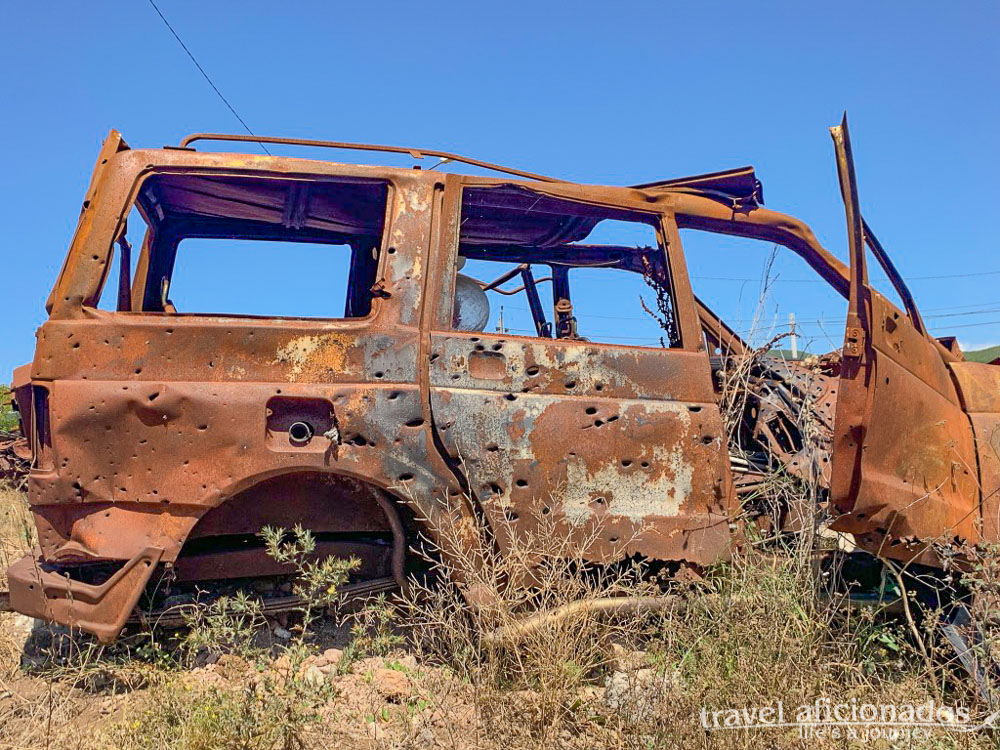
Museum of Burnt Souls – refugees trying to flee from Tskivali came under attack by Georgian militia and burned in their cars
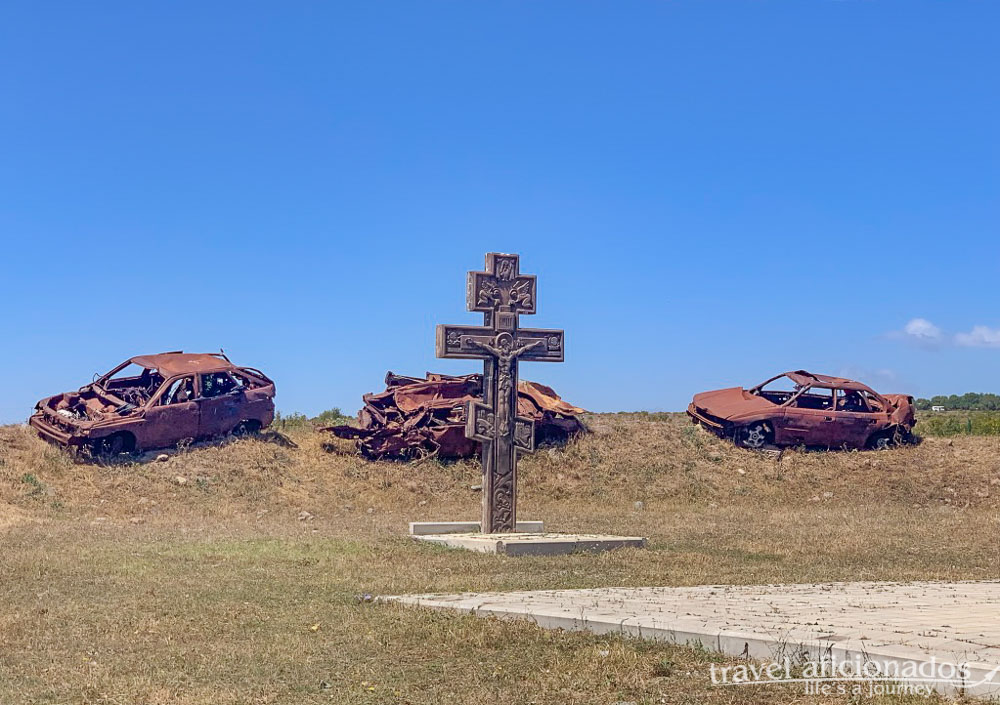
Museum of Burnt Souls – refugees trying to flee from Tshivali came under attack by Georgian militia and burned in their cars
Armenian and Jewish
In Tshivali a few churches are worthwhile visiting, like the Church of the Holy Virgin in the former Armenian Quarter.
A true highlight was visiting the former and now deserted synagogue which used to be the center of the then Jewish quarter. The walk there was really pleasant, passing through quiet alleys line with quaint houses and the omnipresent grapevines. When we got to the synagogue it was closed, neighbors sitting outside got the person with the key. The weed in front of the door to the temple was waste highand the inside of the place dusty.
The Star of David painting on the ceiling is peeling off, but with a bit of imagination I pictured a vibrant Jewish community with a history that is over 2500 years old. Most Jews left during the first war with Georgia and the rest in 2008.
Ancient fortresses and monasteries on former trade routes
Up in the hills is a monastery, like in most monasteries wine was produced till grape production was wiped out due to disease in the 19th century. Nowadays red (chinuri) and white wine is grown in South Ossetia.
Also in the hills is an Armenian Church dating from the 12th century, which became a Georgian monastery in the 16th century.
In former times mighty fortresses controlled this trade route through the Caucasus, now only ruins remind of their glorious past. One had a kind of tower that I climbed to get a good view of the area.
The Kheit Burning Spring
It was already pitch-dark when we left some ruins in the hills, wondering why we were not heading toward back home to Tsivali. Nobody was able to explain what place could possibly be visited in such darkness. Soon we were told to leave the cars and we all gathered around a hole in the ground. It was a mineral spring in the ruined village of Kheit on the left bank of the Great Liakhvi River. Like many other springs in South Ossetia, it is carbonated and the composition of local gas is such that it can burn directly in the water. Just bring the lighter to the spring to set it on fire.
Another outing took us to a friend of our hosts, who decided to live in a remote datcha on his own. He hunts, keeps bees, chops his wood and we got to eat bear meat. His wife brings whatever else his needs during reguläre visits.
The scenery during the trip was spectacular. After a short rain clouds hung so low it felt like touching them.
Driving back to the Russian border we passed small memorial and tanks. It seems South Ossetia is expecting further troubles.
While waiting at the border to re-enter Russia I discovered something really useful. Russians are very practical it seems. Their rolls of toilette paper don’t waste space for hole as we know it and serve all kind of purposes, like keeping a window open.
Mecklenburg-Vorpommern: Germany’s northeast
The very name Mecklenburg-Vorpommern has fascinated me since childhood, although I had no clue what it was like. Finally, in summer 2018 I unraveled my life-long phantasies. This is what I learned: Everything is close to the water, in the north it is the Baltic Sea, further south about 2000 lakes, large and small are scattered throughout the wide land. During the train ride from Berlin to Stralsund I passed through places like Altenpretow that sounded so Prussian that my excitement grew by the minute. During my two weeks I explored Stralsund, a former Hanseatic hub, sunny Rügen, Germany largest island, and car-free Hiddensee.
So very Armenian -Khachkar, Lavash, Zhingalov
There are quite a few things that I found either unique to Armenian or omnipresent in this country: the gas-pipelines crisscrossing the country , the candle trays in churches, Lavash and Zhingalov, the famous flat bread, or Khachkars, stone crosses. And lets not forget the current hairstyle for young men.
Lavash and Zhingalov Khat
Lavash, a kind of flatbread, is the staple food in Armenia, it is found everywhere. There is even a sweet version. Unique to Nagorno Karabagh is a refined version, Zhingalov Khat. It is Lavash filled with many different herbs. In Goris I was lucky enough to come across a group of ladies who were making lavash in a tiny bakery, they three were working like machines. One was rolling the dough out flat and thin , the next step and done by a second woman was spreading the think spread of dough on a cushioned board and then slamming sticking against the walls of an oven set in the ground. The third was getting the Lavash out with a long iron hook.
Chasing the Northern Lights
We were about to open a bottle of Austrian red wine to celebrate my birthday. That very minute Marc stormed into our comfy apartment with the news we had longed to hear. The northern lights were in the sky, exactly on my birthday!
Even better, on my very first day of our stay on Senja! Of course I had secretly wished for this birthday present, but for it to really happen?
After hastily wrapping myself in seven layers of clothing, grabbing the tripod and the camera, I dashed up the little hill, right next to our little hotel complex. Eagerly searching the skies I saw nothing, absolutely nothing that looked like the bright green lights I had so often seen marveled at on photos. In the distance drifted bites of wafts that could have qualified as light fog.
Khasab – The Anti-Dubai
The Anti-Dubai seems the perfect dubbing for this sleepy harbor town on the tip of Musandam, only a three hours drive from glittery Dubai. Khasab, right on the straight of Hormuz, was not on the tourist radar 20 years ago and could only be reached by boat. Today, it attracts three cruise ships a week and is most popular with expatriates fleeing the traffic jams and glass palaces of Dubai to enjoy the cool mountain air and tranquility. Their pit stop is the luxurious Golden Tulip Hotel on the western end of the bay. Continue Reading →

